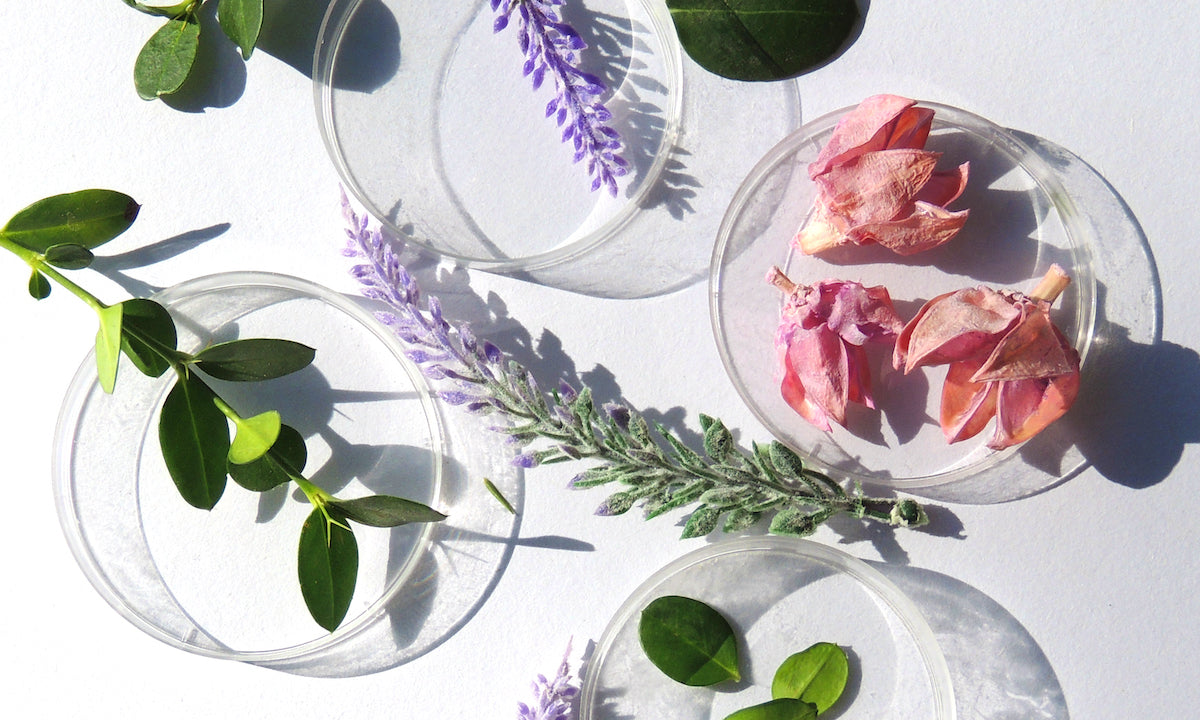Your Cart is Empty
FREE SHIPPING on US orders over $45. Save 25% With Code TAKE25 at checkout.
FREE SHIPPING on US orders over $45. Save 25% With Code TAKE25 at checkout.

The most important strategy is what NOT to do: never pick at a blemish or try to pop a pimple.
It’s not just breakouts that make us want to pick, however; dry skin will tempt us by flaking and peeling, but when we pick at it, we bring a lot of germs from our hands to the surrounding areas. All that rubbing and pulling can damage the integrity of your skin.
Instead of trying to perform your own extractions, have a gentle, effective cleansing routine in place that includes proper hydration and a sunscreen - even the mildest sun exposure can damage skin, resulting in redness, irritation, scarring, and possibly excess sebum (skin's own oil).
If you have skin prone to acne, you’ll probably see blackheads, whiteheads, milia, and pimples, but you don’t have to be officially “acne-prone” to see these at different times.
Although we tend to associate skin breakouts with puberty (when hormones cause excessive sebum production) these blemishes can occur at any age.
Reasons might include:
That dark speckle isn’t dirt but, rather, it’s caused by the exposure of dead skin cells to the oxygen in the air.
Blackheads form when a clog or plug develops in the opening of a hair follicle in skin. Each follicle contains one hair and a sebaceous gland that produces sebum. This natural oil helps keep skin soft and protected, but when dead skin cells and oils collect in the opening to the skin follicle, a bump called a comedo is produced.
If the skin over the bump stays closed, it becomes a whitehead. When the skin over the bump opens, exposure to the air causes it to look black and a blackhead forms.
They can appear on the face, chest, back, anywhere there’s a hair follicle.
Cleanse with gentle fragrance-free product that won’t dry skin. Look for ingredients like vitamin A, salicylic acid, non-comedogenic products, and underlying conditions such as eczema and rosacea. Some of the best ingredients include tea tree oil and lavender, which target breakouts; beta hydroxy acids such as salicylic acid (remember, don’t overdo it!) and alpha hydroxy acids, such as glycolic acid and lactic acid.
If you use a physical exfoliator on your skin, be sure to use a gentle scrub that won't irritate or damage your already vulnerable skin!
When you pick: at most - you’ll scar. At least, the pore or follicle will be red, sore, and possibly lead to cystic lesions.
These are pores clogged with dead skin cells, sebum, and dirt.
Unlike blackheads, which can be pushed out, whiteheads are closed within the pore, making treatment a bit more challenging.
Very often, a whitehead will go away within a few days. You can speed up the exit, however, by using products with:
When you pick a whitehead, the liquid will overflow into surrounding skin and that can cause more clogs, and squeezing with fingers, nails, and tools can damage skin, leading to scarring and hyperpigmentation.
This is the most severe form of acne.
The American Academy of Dermatology explains that when pores get very irritated sometimes the walls break, creating bigger pimples called papules and pustules. Papules are hard to the touch and can make skin feel like sandpaper and look like little patches when there’s a bunch of them near each other (hence the term “pizza face”).
Pustules are similar to papules but they’re filled with pus.
If you have a papula or pustule, gently clean the area and use lavender, tea tree, argan or rose oil. Get plenty of sleep to balance hormones, eat healthy foods, and use clean pillowcases nightly.
Popping a pimple doesn’t make it go away, and it can make it worse because you’re adding the dirt and bacteria from your fingertips onto skin that is already vulnerable. The pimple itself can become infected and irritated, or it can lead to a scar.
Ever notice a tiny white bump on your face, especially nose, cheeks, and around the eyes? They’re called milia and, although they look like whiteheads, they are really tiny white cysts, made up of dead skin cells that lie just below the skin.
Milia can be found in persons of any age (even babies) and they seem to be associated with chronic sun damage; skin conditions, such as rosacea or dandruff; when pores get clogged, or when there’s skin trauma, such as burns or blisters.
Milia is also sometimes associated with genetic conditions, such as Rombo or Gardner syndrome.
One ways to eradicate them is to use a retinoid or alpha-hydroxy acid. Picking or scraping can cause bleeding, scarring, or even infection since you’re introducing germs to the area with your fingers.
It’s essential to use a moisturizer to hydrate, heal and repair, so use a non-comedogenic one such as olive squalane (our sebum is made up of 13 percent squalane, so our bodies love it.)
Since breakouts can also be caused by internal issues, get plenty of sleep to keep your hormones balanced, eat clean (avoid processed foods), and get plenty of physical movement in your daily routine.